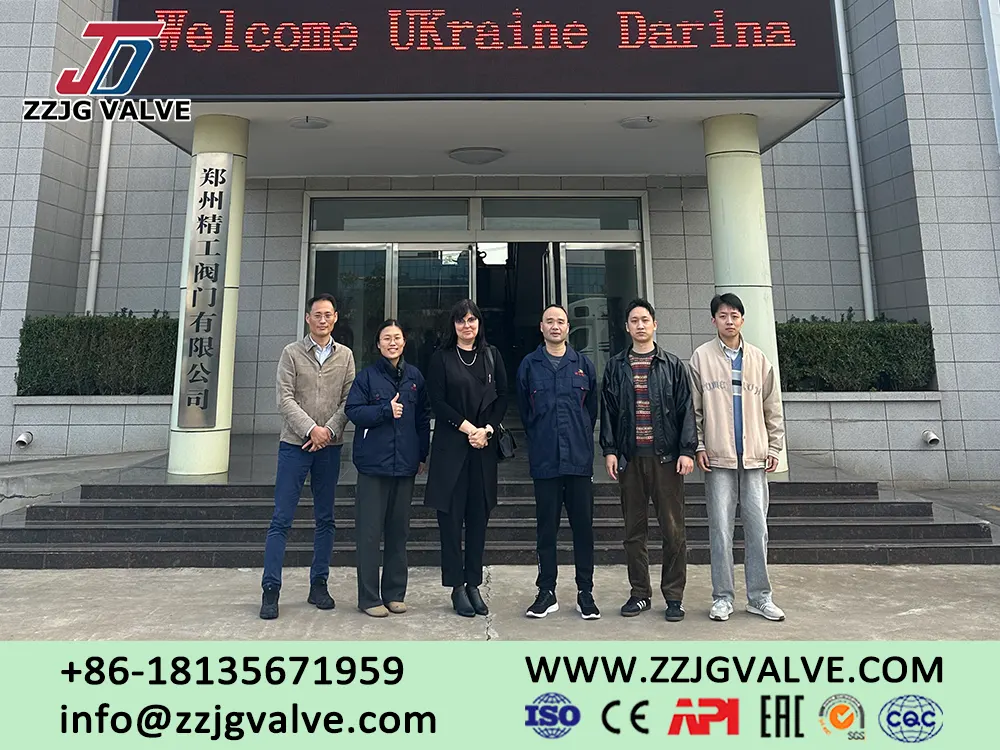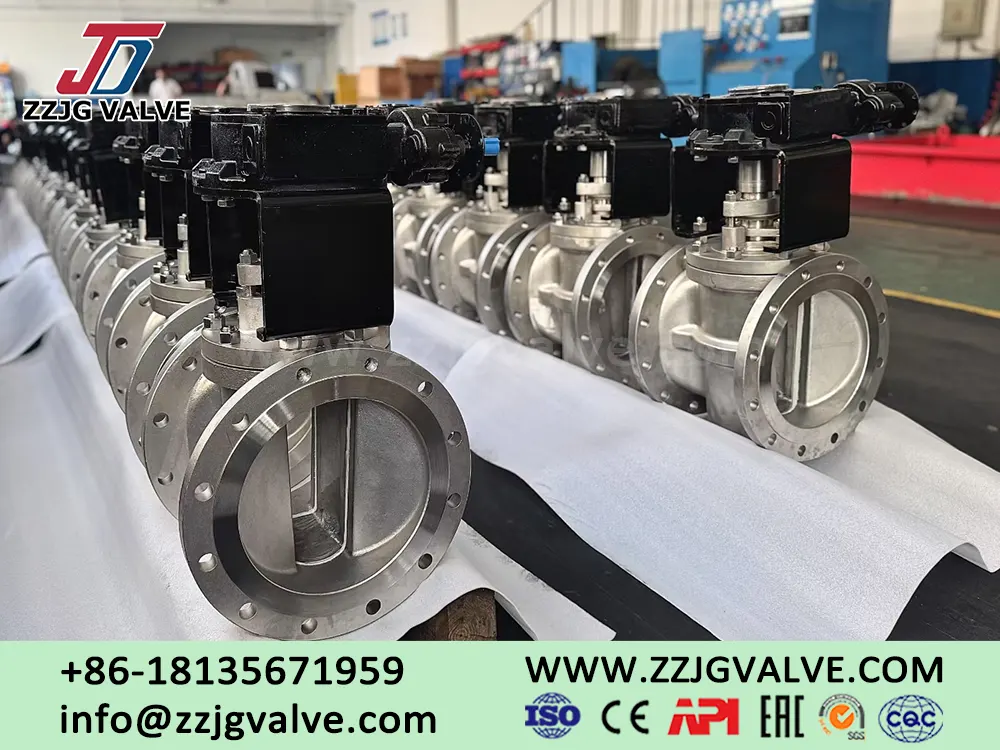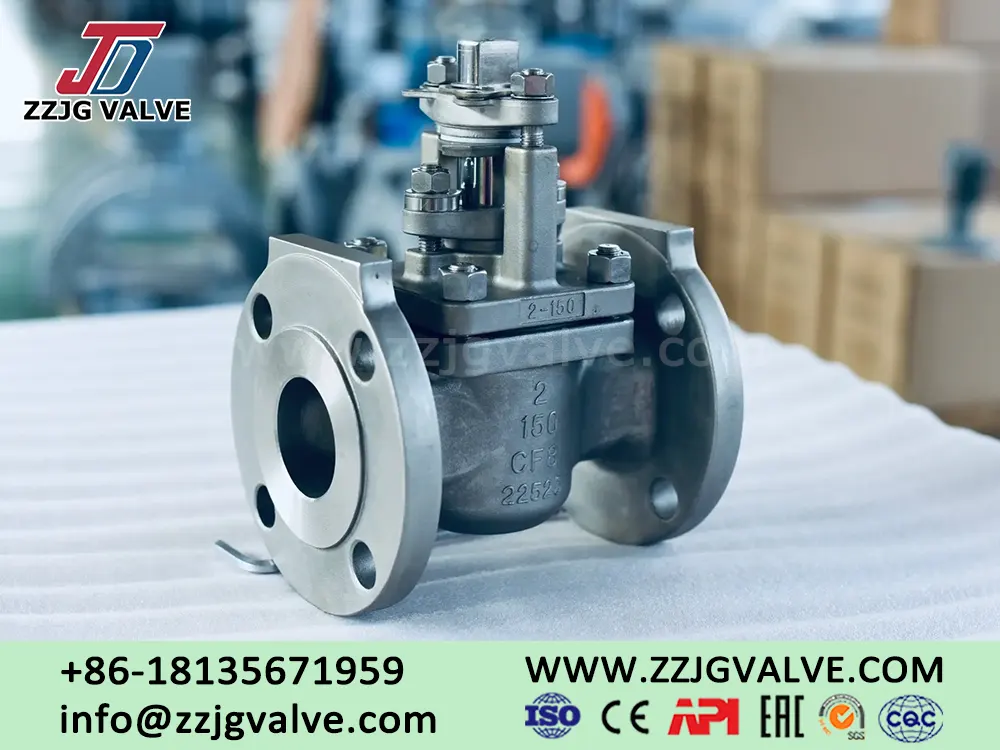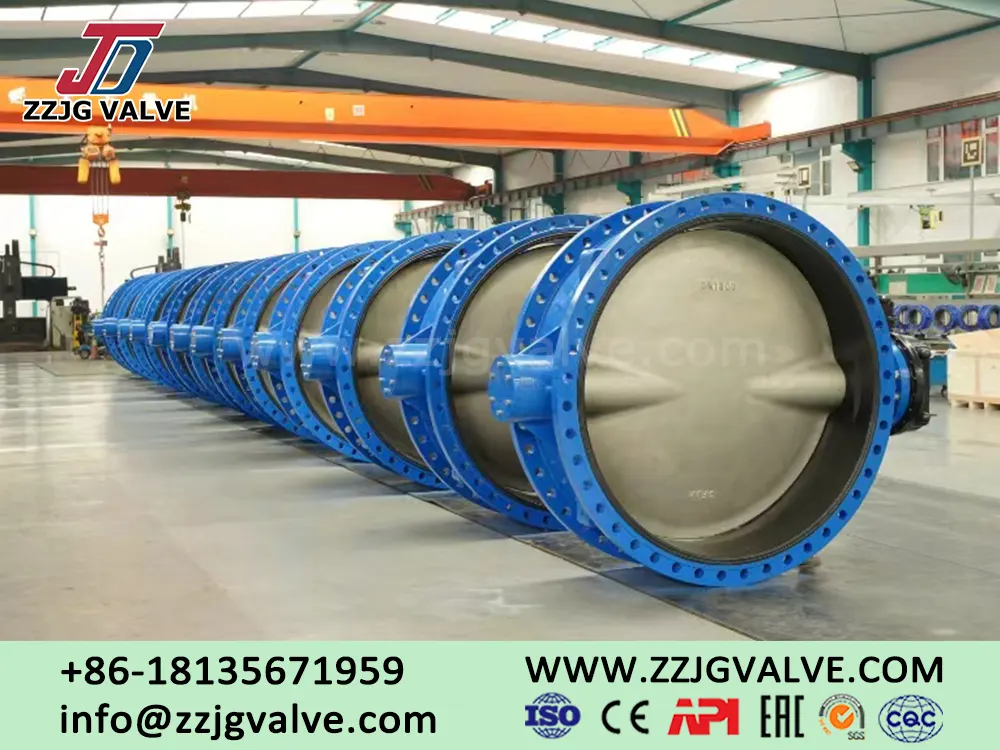Butterfly Valves Torque Head Loss and Cavitation Analysis
Butterfly valves are commonly used devices for pipeline control. Their torque, head loss, and cavitation issues directly affect operational efficiency and service life.

Torque is critical for smooth operation and represents the force required to open or close the поворотный клапан. When the medium has high viscosity or pressure, torque increases. Different valve disc angles also result in different torque values. Torque is lowest when the valve is fully open or fully closed, and often highest when partially open.
Low-quality butterfly valves are prone to jamming due to unstable torque. We have optimized the valve shaft material using wear-resistant alloys. A lubricating coating is applied between the valve disc and seat to reduce friction. Testing shows that butterfly valves with specifications ranging from DN100 to DN600 maintain stable torque between 50 and 300 N·m, with no sticking during operation. When transporting acidic or alkaline media through chemical pipelines, butterfly valves with corrosion protection exhibit slower torque decay. After one year of use at a chemical plant, the operating force of the valves remained above 90% of their initial state.
Head loss is a key factor in energy-efficient operation, primarily referring to pressure loss as the medium flows through the valve. The greater the loss, the higher the pump energy consumption. The shape of the valve disc and the degree of opening are the primary influencing factors. Ventilation butterfly valves have sharp edges on the valve plate, resulting in high head loss. We adopt a streamlined valve plate design with rounded edges. In the fully open state, head loss is reduced by 15%-20% compared to ordinary butterfly valves. Head loss varies with different opening degrees. When the opening degree is above 80%, the increase in loss is gradual. When the opening degree is below 30%, the loss increases sharply. It is recommended to avoid prolonged operation at small openings in actual use. After renovation, a water plant achieved a 15% reduction in head loss and approximately an 8% monthly savings in electricity costs.
Cavitation is an invisible threat to equipment damage, caused by sudden pressure drops in the medium flow forming bubbles, which then rupture and impact valve components. Prolonged cavitation can lead to wear on the valve disc and seat, and even leakage. Cavitation is more likely to occur in scenarios with high flow rates and significant pressure fluctuations. We have implemented targeted optimizations: adding buffer grooves to the valve seat to reduce pressure fluctuations, and using hard alloy valve plates in high-pressure pipelines to resist impact wear. For example, in a petrochemical project where the medium flow rate reached 3 m/s, after installing anti-cavitation butterfly valves, the valve plates showed no significant damage after two years of operation. In contrast, conventional butterfly valves in the same operating conditions required seal replacement after only six months.

When selecting a butterfly valve, first calculate the pipeline medium pressure and flow rate. For corrosive media, prioritize fluorinated lining materials to reduce torque decay. In high-flow scenarios, anti-cavitation models are mandatory to minimize maintenance costs. Each butterfly valve undergoes torque testing, pressure loss experiments, and cavitation simulation before shipment. Only after ensuring compliance with specifications are they shipped, ensuring smoother pipeline operation.
Далее: Different Types of Butterfly Valves Introduction and Features












